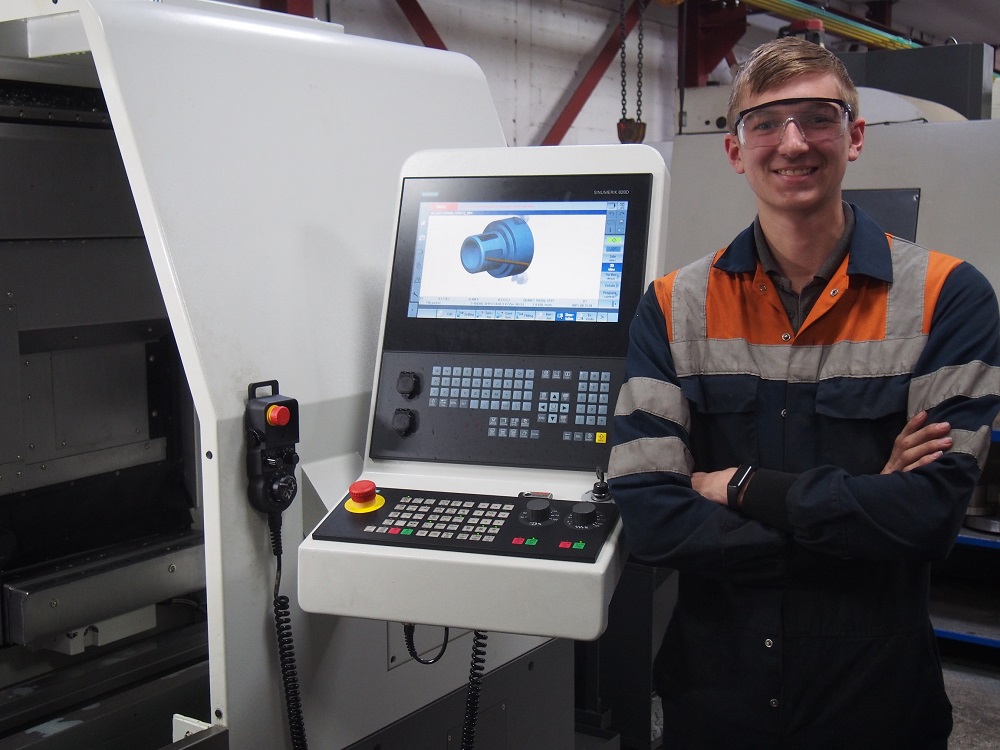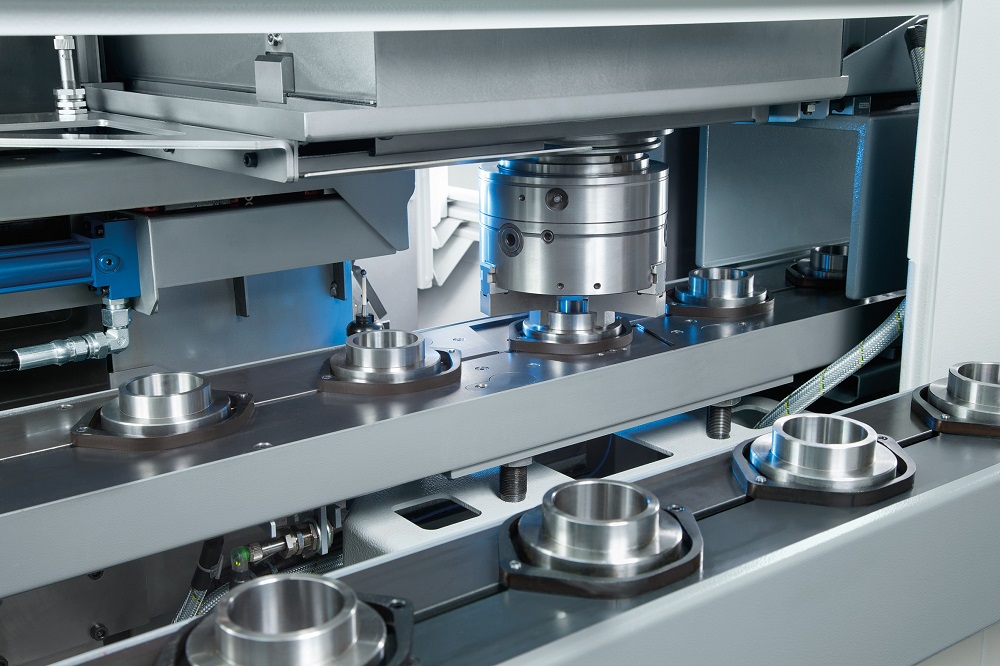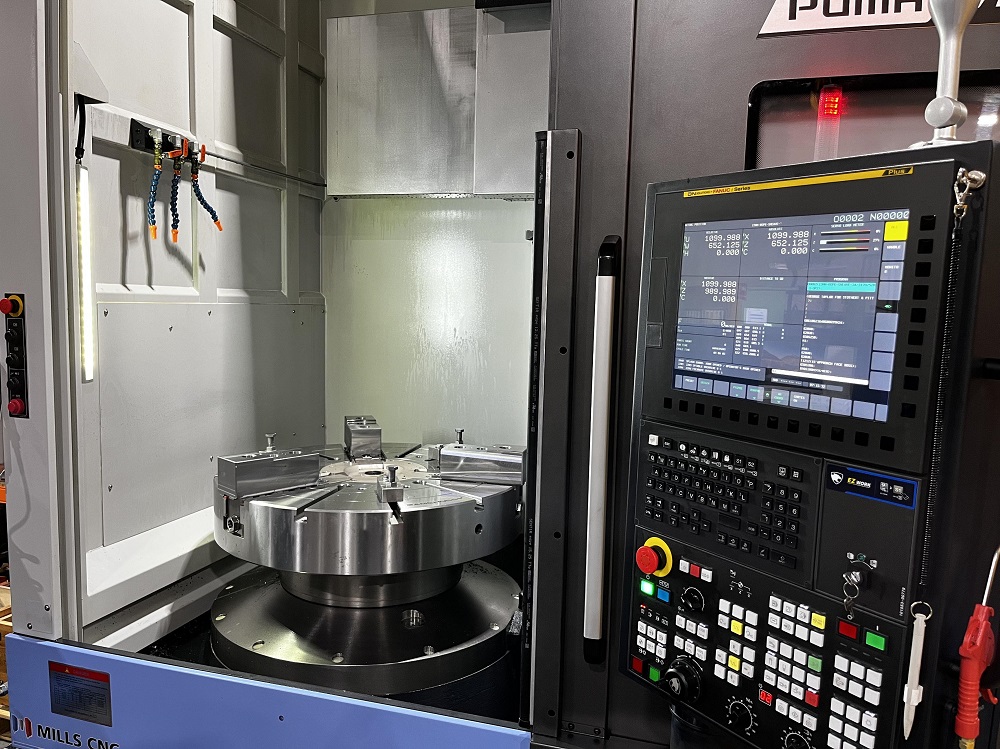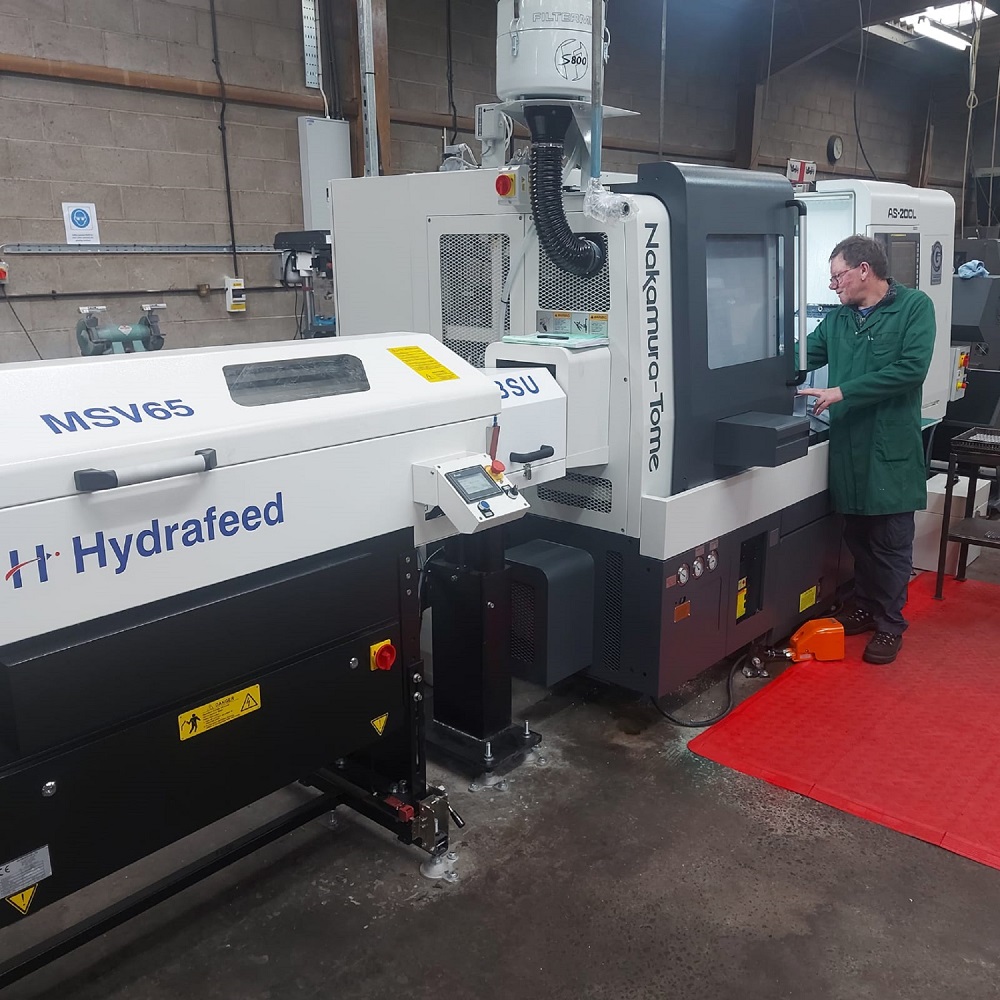Sheffield-based Straaltechniek UK has been manufacturing equipment for the surface preparation industry since 1982 with its range of blasting and shot-peen machines.A key element of the blast wheel is the impeller, which is made from D2 tool steel. Originally manufactured in several operations on a lathe and then a machining centre, this component has six side apertures making it an ideal part for production on a turn-mill machine.
Ryan Doxey, machine shop supervisor, says: “We installed the XYZ TC 320 LTY in November 2022 as it has a full C axis and driven tools on a Y axis, so we can virtually finish one impeller from a solid billet in a single operation. Significant savings in handling, set-ups and faster machining combine to give us a valuable reduction in cycle times. There are a large number of different impellers as, we not only make blast wheels for our own machines, but also retrofit and refurbish machines from other manufacturers, bringing them up to the latest modern efficiency standards. We carry out all the programming on the shop floor and the Siemens 828D ShopTurn Touchscreen control is a favourite with our machinists.”
As well as the XYZ TC 320 LTY, the company also has a XYZ VL 425 lathe with ProtoTRAK control, which turns the blast wheel itself.
“The blast wheels can be up to 405 mm diameter, and we program them on the ProtoTRAK control on the shop floor with sufficient capacity to hold them in soft jaws to complete the machining,” explains Doxey.“The ease of programming on ProtoTRAK and the reliability of this machine gave us the confidence to invest in the XYZ TC 320 LTY and ShopTurn.”
For further information www.xyzmachinetools.com



















